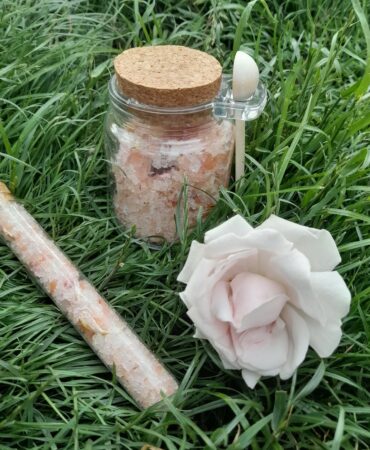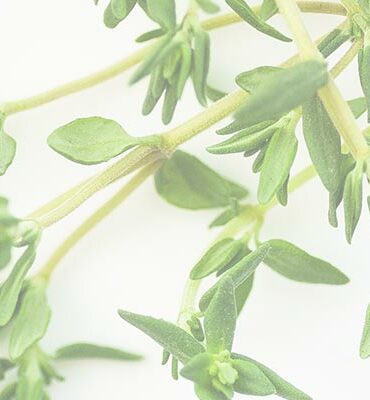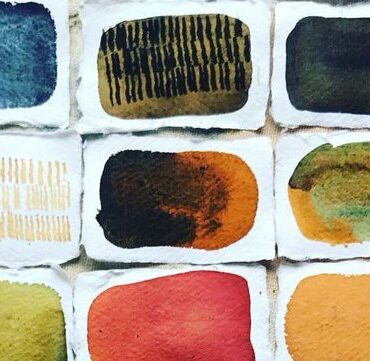Currently Empty: £0.00

Herbal Retox!
Written by Herb Society Member – Helen Miller
 I want to learn more about herbs. But where to start? There’s a massive amount of information out there – websites, books, magazines, courses, blogs. And which topic – growing herbs, herbal medicine, cooking with herbs, using herbs in art and craft projects, fermenting herbs, foraging for herbs, how to identify herbs?
I want to learn more about herbs. But where to start? There’s a massive amount of information out there – websites, books, magazines, courses, blogs. And which topic – growing herbs, herbal medicine, cooking with herbs, using herbs in art and craft projects, fermenting herbs, foraging for herbs, how to identify herbs?
My own choice is to start with the basics: how to identify herbs and growing herbs. I’m going to find some books and useful websites, diversifying into other areas as my confidence develops. If your interests are more inclined to one of the other topics then start from there and see where it takes you!
LEFT: Books are one useful source of information and lots of good ones can be found in second-hand shops. Joining a society is also a good way of learning about herbs.
Make a Herbarium
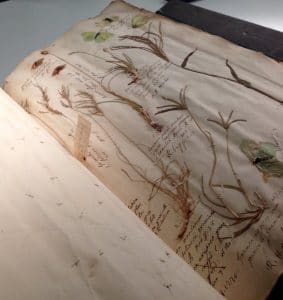 Whichever topic you choose, a good practical way to learn about your herbs is to create your own herbarium. This gives you a record of the herbs you’ve used, allowing you to look back at specimens if problems arise or just as a reminder to yourself. I also find arranging the specimens and sticking them down on the paper a relaxing, gently creative activity in itself!
Whichever topic you choose, a good practical way to learn about your herbs is to create your own herbarium. This gives you a record of the herbs you’ve used, allowing you to look back at specimens if problems arise or just as a reminder to yourself. I also find arranging the specimens and sticking them down on the paper a relaxing, gently creative activity in itself!
When taking cuttings for pressing, make notes about the smell, feel and look of the herb, plus other life associated with it (birds/ insects/ growing companions). This information can be added to your herbarium specimen when it’s mounted, along with who collected the specimen, when and where.
RIGHT: One of Hans Sloane’s herbarium books at the Natural History Museum, London showing all of the information collected with the pressed specimens, as well as some pressed insects – not done nowadays thankfully!
To make herbarium specimens all that is needed is a flower press, acid-free paper and a way of attaching the specimen to the paper. Flower presses can be bought fairly cheaply or replicated with some heavy books and newspaper. Mounting specimens on acid-free (art) paper means they can be kept without deteriorating over time. Either acid-free glue, a needle and thread or some acid-free paper strips (with glue), are used to attach specimens to the paper depending on your personal preference.
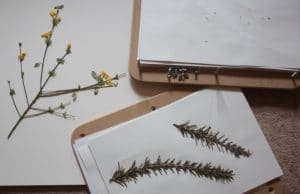
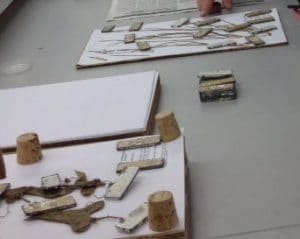
ABOVE: Pressing herbs and making herbarium specimens: weights can be useful to hold the specimens down when they are being mounted if using glue – but be careful not to glue the weights to the paper.
Whatever you decide to do and however you choose to do it, I hope this has given you some ideas and inspiration for learning a bit more about the fascinating world of herbs!
All photos taken and provided by Helen Miller

